What’s Better – Repointing Brickwork or Rendering Your Walls?
When maintaining and improving a property’s exterior, homeowners can choose between repointing brickwork and rendering walls. Both options have merits, but the best choice depends on several factors, including the condition of the walls, the desired appearance, and the building’s location.
Repointing brickwork is a crucial maintenance task that involves updating the mortar joints between bricks. Over time, exposure to weather conditions can erode or damage these joints, leading to structural and aesthetic issues if not addressed. The process of repointing not only restores the visual appeal of brick masonry but also reinforces the structural integrity of the building.
One of the most critical aspects of repointing is selecting the correct mortar type. The new mortar must match the physical properties and colour of the original as closely as possible. This is especially important in older or historic buildings where maintaining the original appearance is essential. Using too hard or too soft mortar compared to the surrounding masonry can cause further damage over time. Harder mortar can lead to cracking in the bricks themselves, while a softer one might erode more quickly.
Repointing process
The repointing process begins with carefully removing the old, damaged mortar. This is typically done using hand tools such as chisels and hammers to avoid damaging the bricks. The depth to which the old mortar is removed is critical; usually, it is about twice the width of the joint, but it can vary based on the masonry condition.
Once the old mortar is removed, the joints are cleaned to ensure a solid bonding surface for the new mortar. This cleaning process often involves brushing and sometimes flushing the joints with water, which helps remove any residual dust or debris.
Following the preparation, the new mortar is carefully applied. This involves packing the mortar tightly into the joints and ensuring no air pockets or gaps. The technique used to apply mortar is crucial, as it affects the longevity and effectiveness of the repointing. After the mortar is in place, it is typically finished to match the style of the original pointing. This might involve shaping the mortar to a specific profile, such as rounded or recessed.
Properly executed repointing can significantly extend the life of a brick structure. Sealing the joints from water ingress prevents frost damage and salt deposition, which can lead to spalling and cracking of the bricks. Furthermore, repointing can enhance a building’s thermal efficiency by eliminating drafts that pass through deteriorated mortar joints.
-
Regal & Barnes – Grouting Hawk with Tuck Pointer
£24.79 Incl. VAT£20.66 Excl. VAT
Pros of repointing brickwork
Preservation of architectural character
One of the foremost advantages of repointing is its ability to preserve a building’s original architectural character. For historic or older buildings, maintaining the authenticity of the exterior is crucial not only for aesthetic reasons but also for heritage conservation. Repointing allows the building to retain its historical integrity by using materials and techniques that match the original construction as closely as possible. This is particularly important in conservation areas or listed buildings where alterations are subject to strict regulations.
Structural integrity
Repointing brickwork significantly enhances the structural stability of buildings. Mortar plays a crucial role in the masonry structure, acting as a bonding agent that holds bricks together. Over time, mortar can deteriorate due to weathering and environmental stresses. This leads to weakened walls susceptible to moisture penetration and subsequent damage such as frost action and salt crystallisation. By replacing old, crumbling mortar with new, robust mortar, repointing helps reinforce the wall’s strength, ensuring it remains sound and secure.
Weather resistance
Properly executed repointing of brickwork effectively seals the mortar joints, making them impervious to adverse weather conditions. This is particularly beneficial in climates where freeze-thaw cycles are common, as it prevents water from entering the joints and causing damage through freezing. The right mortar mix can also resist the erosive effects of rain and wind, thereby prolonging the façade’s durability and reducing the likelihood of moisture-related issues such as mould growth and interior dampness.
Increased Energy Efficiency
Another significant benefit of repointing is improving a building’s thermal performance. Old, deteriorating mortar joints can become pathways for air leakage, leading to increased energy consumption for heating or cooling the interiors. By sealing these gaps, repointing reduces draughts and improves the insulation properties of the walls. This makes the indoor environment more comfortable and reduces energy bills, making it a cost-effective improvement in the long run.
Cons of repointing brickwork
Cost
Repointing can be costly, especially when dealing with large or complex structures. The cost can increase significantly if the building is historic and requires specific traditional techniques or materials to maintain its authenticity. Additionally, the accessibility of the wall, the condition of the existing mortar, and the need for scaffolding can all add to the overall expense. For many property owners, these costs need to be weighed against the long-term benefits of repointing.
Time-consuming
Repointing is labour-intensive and time-consuming. Each step, from removing old mortar to carefully filling in joints with new mortar, must be done with precision and care to avoid damaging the bricks. The project can take several weeks or even months for large buildings to complete. During this period, parts of the property may be inaccessible, and the appearance of scaffolding can be visually disruptive. This extended timeframe can be inconvenient and may temporarily affect the day-to-day activities of residential or commercial buildings.
Specialist skills
Repointing requires more than just basic construction skills; it demands an understanding of historic masonry techniques, especially when dealing with older buildings. Finding the right professionals with the skills and knowledge to match old mortar in composition, colour, and texture can be challenging. Incorrect repointing can lead to further deterioration of the structure. For example, using a mortar harder than the original can cause bricks to crack. On the other hand, a softer mortar might erode prematurely, leading to a need for more frequent repairs.
Inaccurate matching
Achieving an exact match with the existing mortar and brickwork can be difficult, particularly with older or weathered buildings where the original materials are unavailable. If the new mortar does not match the physical properties or colour of the original, it can lead to aesthetic inconsistencies that detract from the building’s visual appeal. Moreover, improper matching can affect the physical performance of the mortar, potentially leading to issues like accelerated wear or inadequate bonding, which can compromise the wall’s integrity.
Risk of uncovering additional problems
Other structural issues, such as hidden cracks, damaged bricks, or internal dampness, may be uncovered during the repointing process. While it’s beneficial to identify and address these issues early, the additional repairs can unexpectedly increase the project’s scope and cost.
Is rendering walls the better choice?
Rendering the exterior walls of a building involves applying a coat of plaster or cement, which can be both decorative and protective. This technique has been used for centuries to improve exterior walls’ appearance and offer protection against the elements. Modern rendering can involve a variety of materials, each providing unique benefits and challenges.
Types of rendering
- Cement Rendering is one of the most common forms of rendering. It uses a mixture of sand, cement, and sometimes lime to create a durable layer. After application, it can be textured, smoothed, and painted to match any desired aesthetic.
- Acrylic Rendering involves adding acrylic resins to the cement mixture, enhancing its strength and flexibility. It is more cracking-resistant than traditional cement render and can be applied in thinner layers. Acrylic render also comes pre-coloured, eliminating the need for painting.
- Silicone Render is known for its superior water resistance and breathability. Silicone render is ideal for enhancing insulation and preventing dampness. It also maintains its colour and finishes longer, reducing maintenance needs.
- Lime Render is often used to restore older buildings. It allows for greater breathability, preventing moisture from trapped within the walls—a common issue in older constructions.
-
Silicone Render (EWI-075) – 25KG
Rated 4.83 out of 5From £83.99 Incl. VATFrom £69.99 Excl. VAT -
Acrylic Render (EWI-010) – 25kg
Rated 4.50 out of 5From £47.99 Incl. VATFrom £39.99 Excl. VAT -
Lime Render NHL 3.5 (EWI-747) – 23kg
Rated 5.00 out of 5£19.94 Incl. VAT£16.62 Excl. VAT
Advantages of rendering over repointing brickwork
- Enhanced aesthetics: Rendering can dramatically transform a building’s exterior appearance. It provides a clean, uniform look that can be customised with different textures and colours. This is particularly beneficial for properties with mismatched or damaged brickwork, as rendering offers a way to unify the facade without extensive reconstruction.
- Increased protection: Render acts as an additional layer of skin for a building. It offers protection against weathering and environmental damage, including issues like rain penetration and frost damage. This protective layer can extend the life of the underlying structures by shielding them from direct exposure to harmful elements.
- Improved insulation: Certain types of rendering, such as insulated rendering systems, can significantly enhance a building’s thermal efficiency. These systems include an insulation board fixed to the wall before the render is applied, which can help reduce heating costs and improve comfort inside the building.
- Maintenance and durability: Modern renders, especially those with silicone or acrylic bases, are designed to be low-maintenance. They resist algae growth and fading and do not need to be painted as frequently as traditional finishes.
Facebook
Twitter
LinkedIn
Your cart
Trade Account Login

We use cookies on our website to give you the most relevant experience by remembering your preferences and repeat visits. By clicking “Accept All”, you consent to the use of ALL the cookies. However, you may visit "Cookie Settings" to provide personalised consent.
Manage consent
Privacy Overview
This website uses cookies to improve your experience while you navigate through the website. Out of these, the cookies that are categorized as necessary are stored on your browser as they are essential for the working of basic functionalities of the website. We also use third-party cookies that help us analyze and understand how you use this website. These cookies will be stored in your browser only with your consent. You also have the option to opt-out of these cookies. But opting out of some of these cookies may affect your browsing experience.
Necessary cookies are absolutely essential for the website to function properly. These cookies ensure basic functionalities and security features of the website, anonymously.
| Cookie | Duration | Description |
|---|---|---|
| __stripe_mid | 1 year | This cookie is set by Stripe payment gateway. This cookie is used to enable payment on the website without storing any patment information on a server. |
| __stripe_sid | 30 minutes | This cookie is set by Stripe payment gateway. This cookie is used to enable payment on the website without storing any patment information on a server. |
| _GRECAPTCHA | 5 months 27 days | This cookie is set by the Google recaptcha service to identify bots to protect the website against malicious spam attacks. |
| apbct_cookies_test | session | CleanTalk sets this cookie to prevent spam on comments and forms and act as a complete anti-spam solution and firewall for the site. |
| apbct_page_hits | session | CleanTalk sets this cookie to prevent spam on comments and forms and act as a complete anti-spam solution and firewall for the site. |
| apbct_prev_referer | session | Functional cookie placed by CleanTalk Spam Protect to store referring IDs and prevent unauthorized spam from being sent from the website. |
| apbct_site_landing_ts | session | CleanTalk sets this cookie to prevent spam on comments and forms and act as a complete anti-spam solution and firewall for the site. |
| apbct_site_referer | 3 days | This cookie is placed by CleanTalk Spam Protect to prevent spam and to store the referrer page address which led the user to the website. |
| apbct_timestamp | session | CleanTalk sets this cookie to prevent spam on comments and forms and act as a complete anti-spam solution and firewall for the site. |
| apbct_urls | 3 days | This cookie is placed by CleanTalk Spam Protect to prevent spam and to store the addresses (urls) visited on the website. |
| AWSALBCORS | 7 days | This cookie is managed by Amazon Web Services and is used for load balancing. |
| cookielawinfo-checkbox-advertisement | 1 year | Set by the GDPR Cookie Consent plugin, this cookie is used to record the user consent for the cookies in the "Advertisement" category . |
| cookielawinfo-checkbox-analytics | 11 months | This cookie is set by GDPR Cookie Consent plugin. The cookie is used to store the user consent for the cookies in the category "Analytics". |
| cookielawinfo-checkbox-functional | 11 months | The cookie is set by GDPR cookie consent to record the user consent for the cookies in the category "Functional". |
| cookielawinfo-checkbox-necessary | 11 months | This cookie is set by GDPR Cookie Consent plugin. The cookies is used to store the user consent for the cookies in the category "Necessary". |
| cookielawinfo-checkbox-others | 11 months | This cookie is set by GDPR Cookie Consent plugin. The cookie is used to store the user consent for the cookies in the category "Other. |
| cookielawinfo-checkbox-performance | 11 months | This cookie is set by GDPR Cookie Consent plugin. The cookie is used to store the user consent for the cookies in the category "Performance". |
| ct_checkjs | session | CleanTalk–Used to prevent spam on our comments and forms and acts as a complete anti-spam solution and firewall for this site. |
| ct_fkp_timestamp | session | CleanTalk sets this cookie to prevent spam on the site's comments/forms, and to act as a complete anti-spam solution and firewall for the site. |
| ct_pointer_data | session | CleanTalk sets this cookie to prevent spam on the site's comments/forms, and to act as a complete anti-spam solution and firewall for the site. |
| ct_ps_timestamp | session | CleanTalk sets this cookie to prevent spam on the site's comments/forms, and to act as a complete anti-spam solution and firewall for the site. |
| ct_sfw_pass_key | 1 month | CleanTalk sets this cookie to prevent spam on comments and forms and act as a complete anti-spam solution and firewall for the site. |
| ct_timezone | session | CleanTalk–Used to prevent spam on our comments and forms and acts as a complete anti-spam solution and firewall for this site. |
| elementor | never | This cookie is used by the website's WordPress theme. It allows the website owner to implement or change the website's content in real-time. |
| viewed_cookie_policy | 11 months | The cookie is set by the GDPR Cookie Consent plugin and is used to store whether or not user has consented to the use of cookies. It does not store any personal data. |
Functional cookies help to perform certain functionalities like sharing the content of the website on social media platforms, collect feedbacks, and other third-party features.
| Cookie | Duration | Description |
|---|---|---|
| __zlcmid | 1 year | This cookie is used by Zendesk live chat and is used to store the live chat ID. |
| bcookie | 2 years | LinkedIn sets this cookie from LinkedIn share buttons and ad tags to recognize browser ID. |
| bscookie | 2 years | LinkedIn sets this cookie to store performed actions on the website. |
| lang | session | LinkedIn sets this cookie to remember a user's language setting. |
| lidc | 1 day | LinkedIn sets the lidc cookie to facilitate data center selection. |
| UserMatchHistory | 1 month | LinkedIn sets this cookie for LinkedIn Ads ID syncing. |
Performance cookies are used to understand and analyze the key performance indexes of the website which helps in delivering a better user experience for the visitors.
| Cookie | Duration | Description |
|---|---|---|
| __utma | 2 years | This cookie is set by Google Analytics and is used to distinguish users and sessions. The cookie is created when the JavaScript library executes and there are no existing __utma cookies. The cookie is updated every time data is sent to Google Analytics. |
| __utmb | 30 minutes | Google Analytics sets this cookie, to determine new sessions/visits. __utmb cookie is created when the JavaScript library executes and there are no existing __utma cookies. It is updated every time data is sent to Google Analytics. |
| __utmc | session | The cookie is set by Google Analytics and is deleted when the user closes the browser. It is used to enable interoperability with urchin.js, which is an older version of Google Analytics and is used in conjunction with the __utmb cookie to determine new sessions/visits. |
| __utmt | 10 minutes | Google Analytics sets this cookie to inhibit request rate. |
| __utmv | 2 years | The __utmv cookie is set on the user's device, to enable Google Analytics to classify the visitor. |
| __utmz | 6 months | Google Analytics sets this cookie to store the traffic source or campaign by which the visitor reached the site. |
| sib_cuid | 6 months | Purechat uses this cookie to send data to purechat.com, to connect visitors to the reservation team and track visitors to stay on portal. |
| SRM_B | 1 year 24 days | Used by Microsoft Advertising as a unique ID for visitors. |
Analytical cookies are used to understand how visitors interact with the website. These cookies help provide information on metrics the number of visitors, bounce rate, traffic source, etc.
| Cookie | Duration | Description |
|---|---|---|
| _ga | 2 years | The _ga cookie, installed by Google Analytics, calculates visitor, session and campaign data and also keeps track of site usage for the site's analytics report. The cookie stores information anonymously and assigns a randomly generated number to recognize unique visitors. |
| _gat_gtag_UA_61069204_2 | 1 minute | Set by Google to distinguish users. |
| _gat_UA-61069204-2 | 1 minute | A variation of the _gat cookie set by Google Analytics and Google Tag Manager to allow website owners to track visitor behaviour and measure site performance. The pattern element in the name contains the unique identity number of the account or website it relates to. |
| _gcl_au | 3 months | Provided by Google Tag Manager to experiment advertisement efficiency of websites using their services. |
| _gid | 1 day | Installed by Google Analytics, _gid cookie stores information on how visitors use a website, while also creating an analytics report of the website's performance. Some of the data that are collected include the number of visitors, their source, and the pages they visit anonymously. |
| _uetsid | 1 day | This cookies are used to collect analytical information about how visitors use the website. This information is used to compile report and improve site. |
| CONSENT | 2 years | YouTube sets this cookie via embedded youtube-videos and registers anonymous statistical data. |
Advertisement cookies are used to provide visitors with relevant ads and marketing campaigns. These cookies track visitors across websites and collect information to provide customized ads.
| Cookie | Duration | Description |
|---|---|---|
| _fbp | 3 months | This cookie is set by Facebook to display advertisements when either on Facebook or on a digital platform powered by Facebook advertising, after visiting the website. |
| ANONCHK | 10 minutes | The ANONCHK cookie, set by Bing, is used to store a user's session ID and also verify the clicks from ads on the Bing search engine. The cookie helps in reporting and personalization as well. |
| fr | 3 months | Facebook sets this cookie to show relevant advertisements to users by tracking user behaviour across the web, on sites that have Facebook pixel or Facebook social plugin. |
| MUID | 1 year 24 days | Bing sets this cookie to recognize unique web browsers visiting Microsoft sites. This cookie is used for advertising, site analytics, and other operations. |
| NID | 6 months | NID cookie, set by Google, is used for advertising purposes; to limit the number of times the user sees an ad, to mute unwanted ads, and to measure the effectiveness of ads. |
| test_cookie | 15 minutes | The test_cookie is set by doubleclick.net and is used to determine if the user's browser supports cookies. |
| uuid | 6 months | MediaMath sets this cookie to avoid the same ads from being shown repeatedly and for relevant advertising. |
| VISITOR_INFO1_LIVE | 5 months 27 days | A cookie set by YouTube to measure bandwidth that determines whether the user gets the new or old player interface. |
| YSC | session | YSC cookie is set by Youtube and is used to track the views of embedded videos on Youtube pages. |
| yt-remote-connected-devices | never | YouTube sets this cookie to store the video preferences of the user using embedded YouTube video. |
| yt-remote-device-id | never | YouTube sets this cookie to store the video preferences of the user using embedded YouTube video. |
| yt.innertube::nextId | never | This cookie, set by YouTube, registers a unique ID to store data on what videos from YouTube the user has seen. |
| yt.innertube::requests | never | This cookie, set by YouTube, registers a unique ID to store data on what videos from YouTube the user has seen. |
Other uncategorized cookies are those that are being analyzed and have not been classified into a category as yet.
| Cookie | Duration | Description |
|---|---|---|
| _clck | 1 year | No description |
| _clsk | 1 day | No description |
| _uetvid | 1 year 24 days | No description available. |
| AnalyticsSyncHistory | 1 month | No description |
| apbct_pixel_url | session | No description |
| apbct_visible_fields_0 | session | No description |
| apbct_visible_fields_1 | session | No description |
| apbct_visible_fields_10 | session | No description |
| apbct_visible_fields_2 | session | No description |
| apbct_visible_fields_3 | session | No description |
| apbct_visible_fields_4 | session | No description |
| apbct_visible_fields_5 | session | No description |
| apbct_visible_fields_6 | session | No description |
| apbct_visible_fields_7 | session | No description |
| apbct_visible_fields_8 | session | No description |
| apbct_visible_fields_9 | session | No description |
| ct_checked_emails | session | No description |
| ct_has_scrolled | session | No description |
| ct_mouse_moved | session | No description |
| ct_screen_info | session | No description |
| ictf_master | never | No description available. |
| li_gc | 2 years | No description |
| m | 2 years | No description available. |
| SM | session | No description available. |
| testinfinitycookie | session | No description |
| woocommerce_show_tax | 7 days | No description available. |
| wp_woocommerce_session_c5ac76b408021294cb56bcc27eddf8a1 | 2 days | No description |


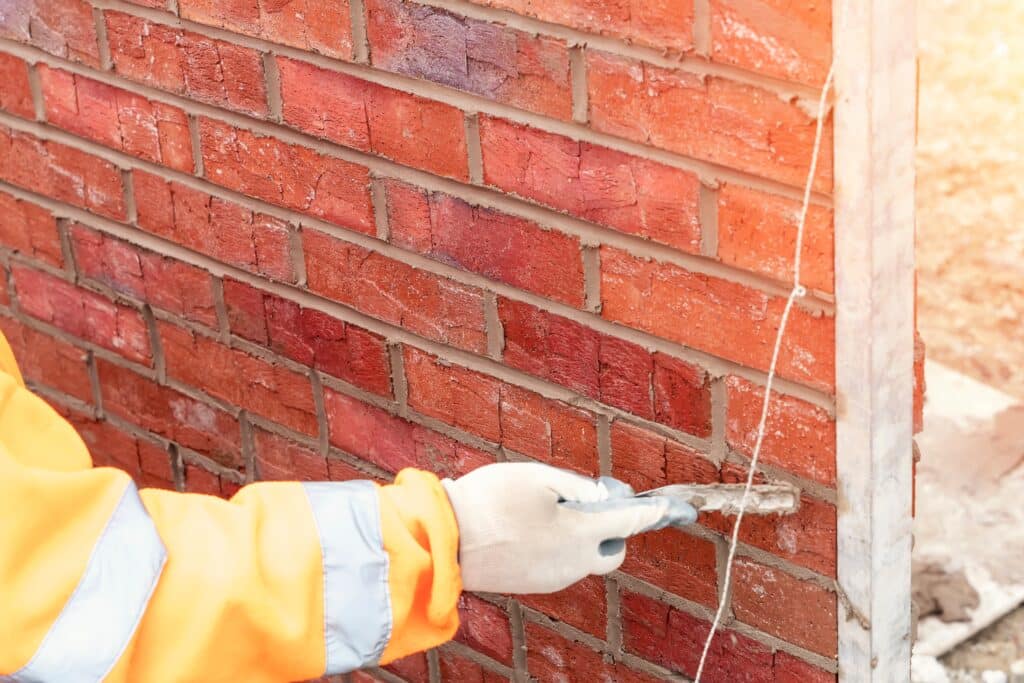

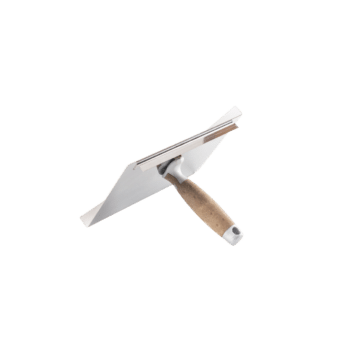

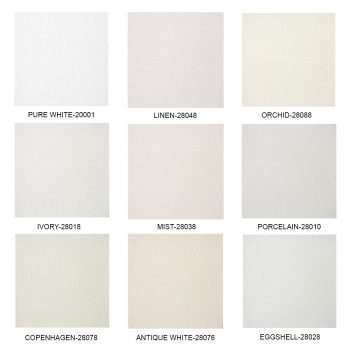
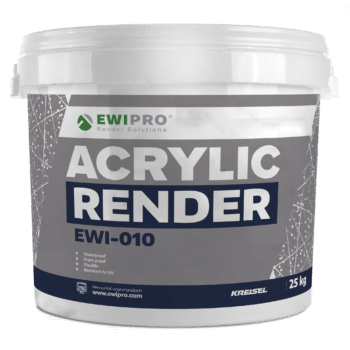
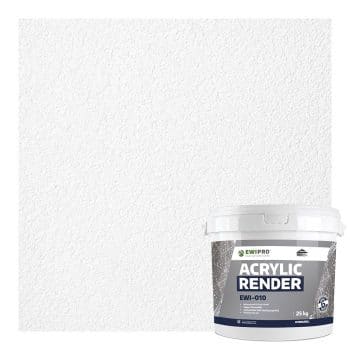

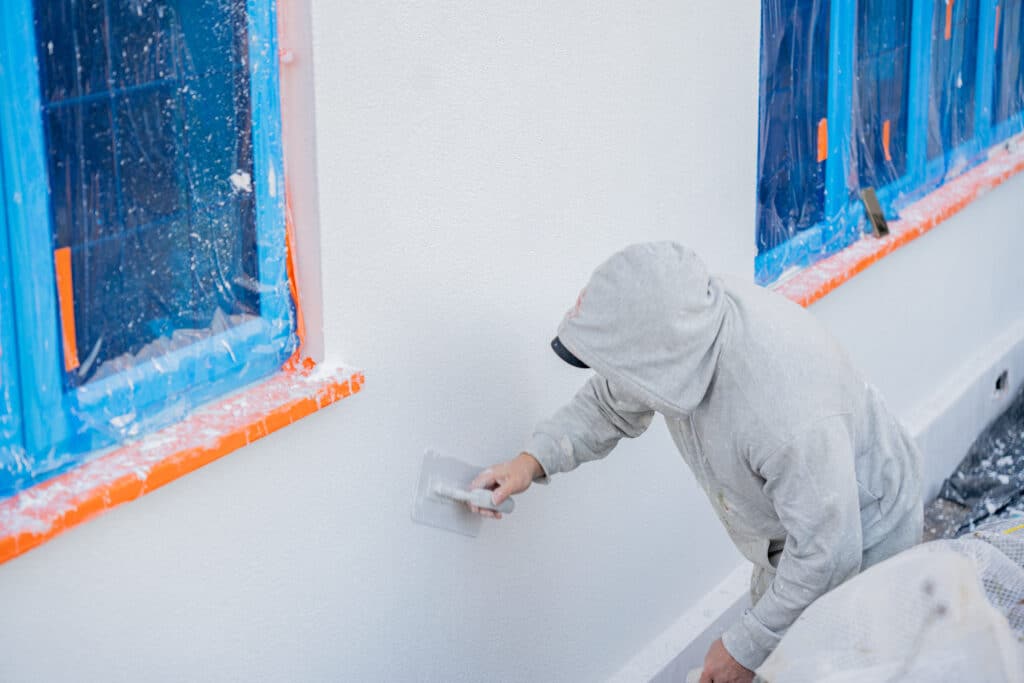
2 thoughts on “What’s Better – Repointing Brickwork or Rendering Your Walls?”
Informative … but still not sure whether (no pun intended) to go for re pointing or rendering South-Facing front of mid terraced (Victorian/Edwardian) house in Portsmouth. Existing pointing is still mostly very good condition, just some parts to be redone – BUT, original pointing is a style I’ve not seen anywhere, so new style will not match. Am inclined to go for rendering, but had heard advice that that that may have an adverse effect on ‘breath-ability’ and may hold-in, damp.
Hi Chris, we’d probably recommend rendering. Our Silicone Render is breathable but not as breathable as our Lime Render. In the case of lime render, it may well match your aesthetic a little. I can pass your details onto out Technical Team and they can advise you further?